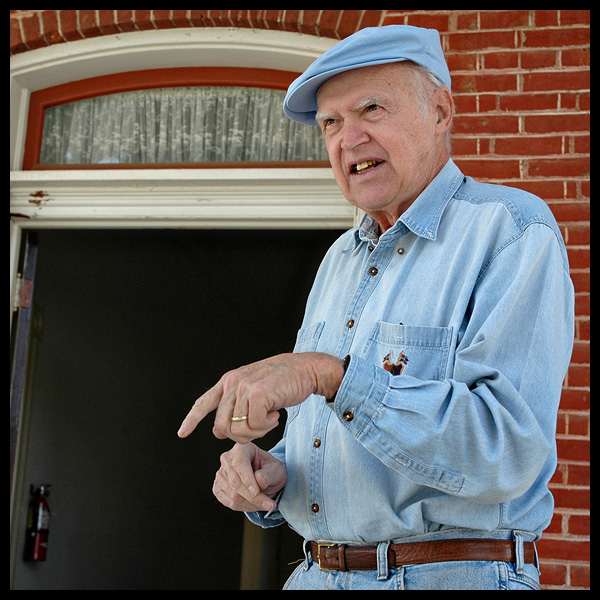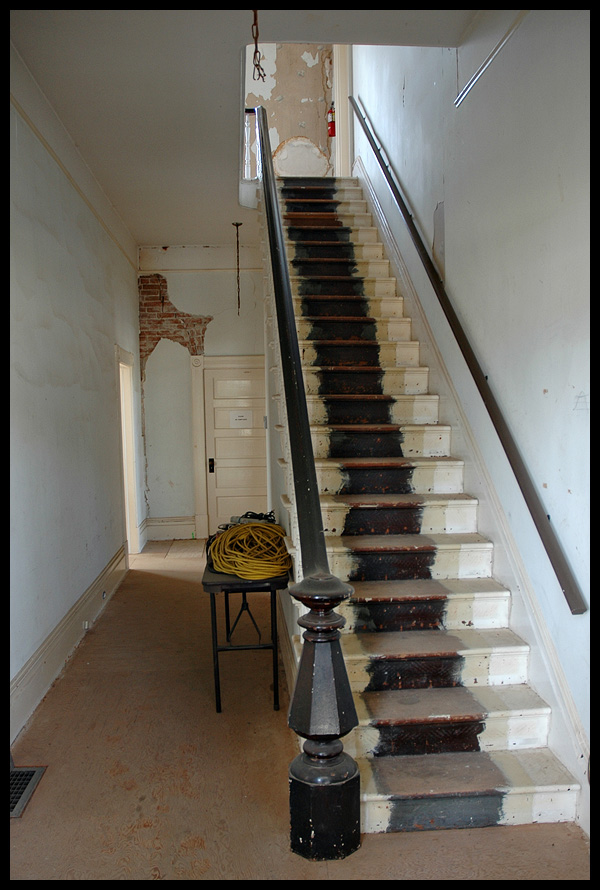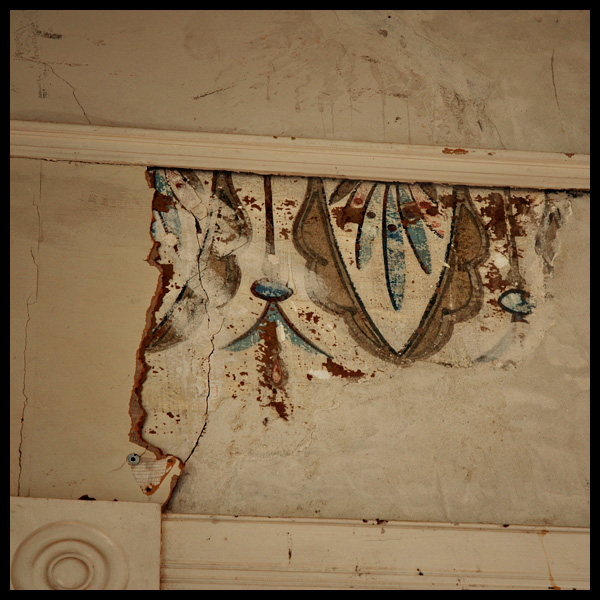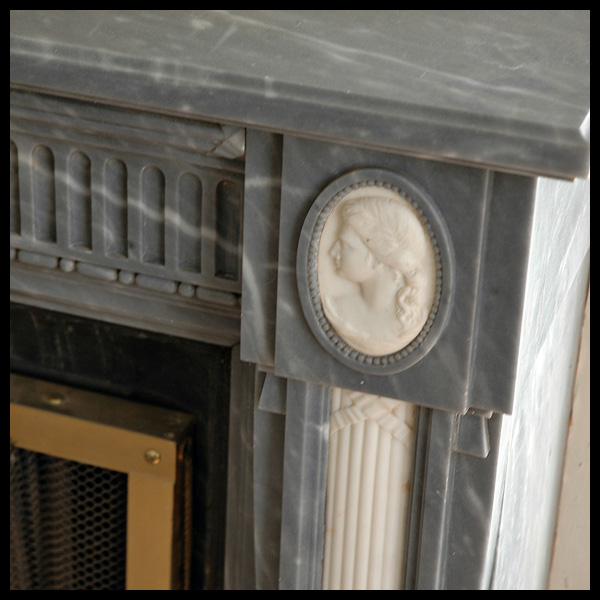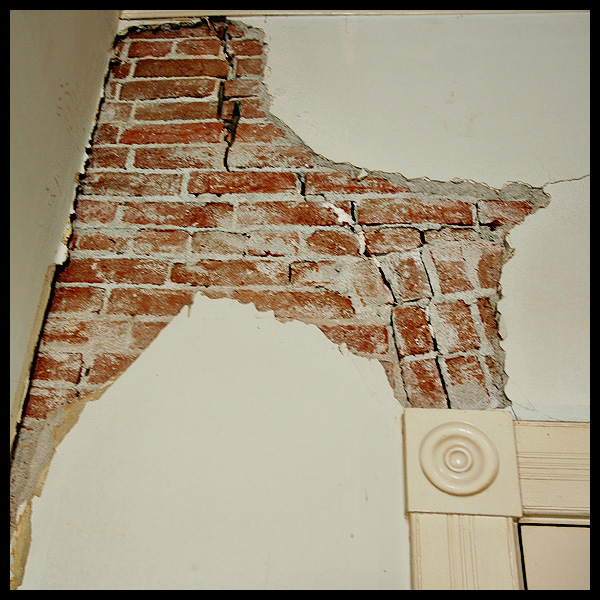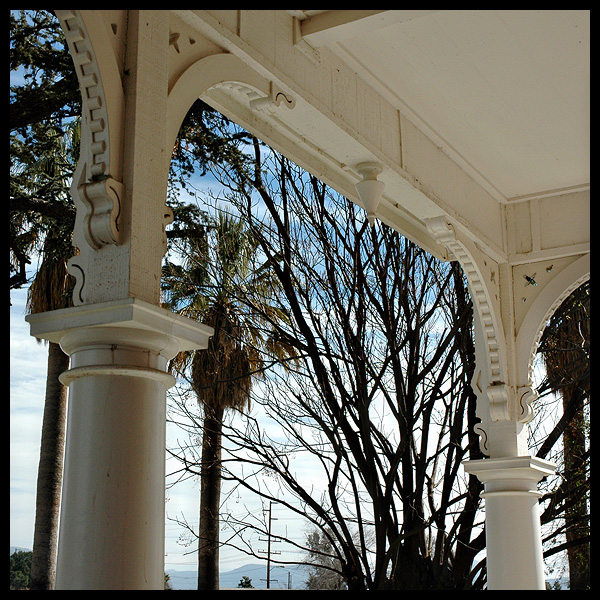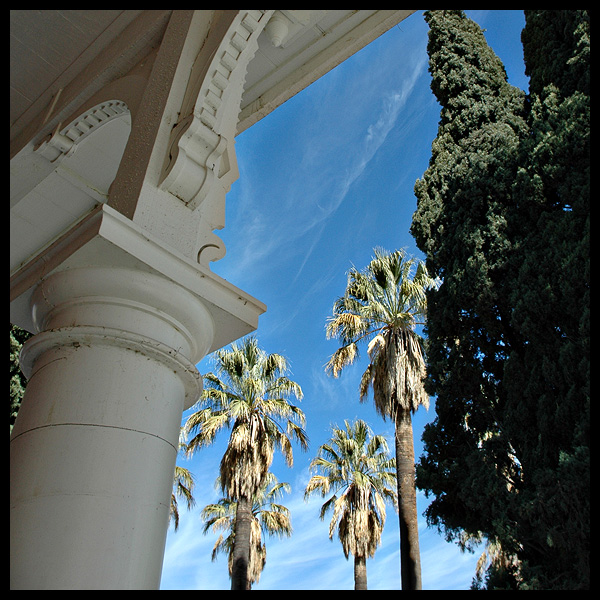A couple of days ago I was walking across the lawn in my front yard, and noticing the pretty purple Jacaranda blossoms that litter the sidewalk this time of year. My feet were bare, the grass was soft and damp, the sky was brilliant blue, and the sun was warm. And I was filled with such gratitude.
My life may not be perfect, but I have so much of what I always wanted! I may not own the little old house I live in, but hey it’s a Victorian from 1910, and that’s been my dream home since I was a little girl, so I’m happy. I have a convertible again – a cute one! I am healing and feeling better, and I got through my first year of law school. It’s true that I have a less-than-stellar grade point average–C+ Baby!–but I’m not in danger of getting kicked out, and I’ve now proven I can handle it, so I’m happy with that as well. Things are good! Life is good!
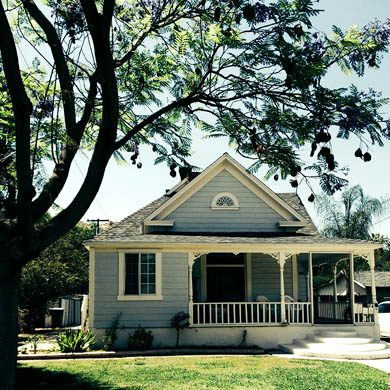

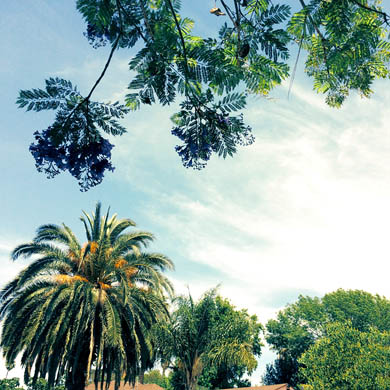
So when I left the house a short time later, I pulled out my iPhone and shot a couple of photos of the house and the jacaranda tree, and posted them on Instagram, which then fed them through to Facebook. I was feeling grateful, and so I shot some happy shiny pretty images and uploaded them, and went on my way. Both images generated a few comments and the photo of the house got over 40 Likes on Facebook. And I had to admit that it looked pretty good on my iPhone! But later it hit me that I hadn’t mentioned that I was only renting half the house – the left half – the half without the great front porch. And then today, looking at the image again, I realized that it actually looked a little better than reality. And that bothered me.
I shoot beautiful things all the time, and I’m always attracted toward the beauty in everything. Obviously I’m going to shoot from the best angle possible, and try to make whatever it is look as attractive as possible – even if it’s just a cell phone photo, meant to show where I live.
But this felt different. If felt like I had accidentally deceived everyone who clicked Like. Would they have still clicked Like and left such nice comments if they saw the house in person? Or if I had thought to mention that it was divided into two apartments in the 1950s, and I’m only renting the left half?

So I decided to shoot the house again today. Instead of an iPhone, I used my new little Canon that I bought to shoot video – just because I wanted to play with it. I tried to shoot the house, as it really is, and not disguise the not-so-great parts. Where the Instagram version sort of hid the satellite dish in the tree branches, this time I didn’t try to disguise it. Where the Instagram version deemphasized the junk on the front porch and the multiple mailboxes, this time all that clutter is more visible. Where on Instagram the yard looked large, with a big lawn, today’s version shows just how small the front yard is – which is typical for downtown Riverside, and nothing to be ashamed of, but it is different than the impression the other image gave… The biggest change is that the Instagram version was shot in the middle of the day, so the sky is bright blue and everything looks lush and verdant – and the image today was shot at sunset, so it’s got a much softer feel.
Oh, and the neighborhood cats decided to pose for me today, so that was an added bonus!
I don’t think either image makes the house look unattractive. And I like them both. And the Instagram version is not a lie – that’s how the house actually looked at that moment in time, in that light. But even so, it gave the impression that the house was just a bit grander than it really is, and by association, that my life was maybe a little grander than it actually is. But guess what? My life is grand to me! The house I live in may not belong to me, I may only be renting half, and it may be a little less than Instagram-perfect – but it’s my favorite kind of house, and I love it. I may not have the great front porch, but I have ten-foot tall ceilings and vintage woodwork – I’m happy!


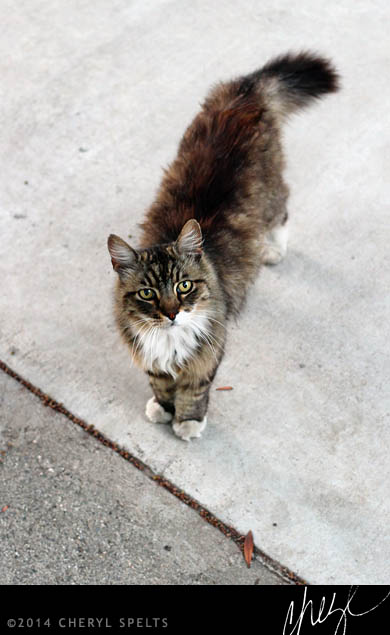


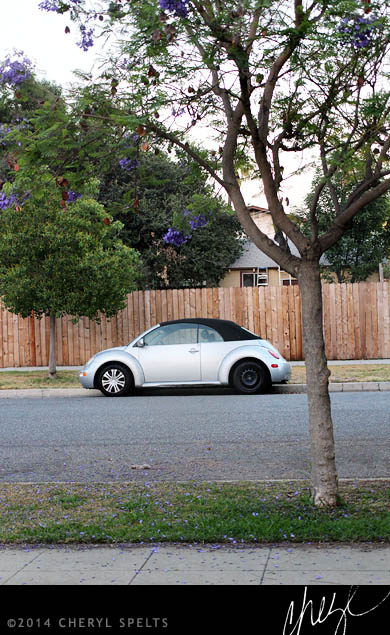
I also love my cute little convertible with one missing hubcap, and and the scruffy neighborhood cats that follow me around the yard, and beg for love and affection.
My life may not be Instagram-perfect, but I am very grateful for everything that I have!

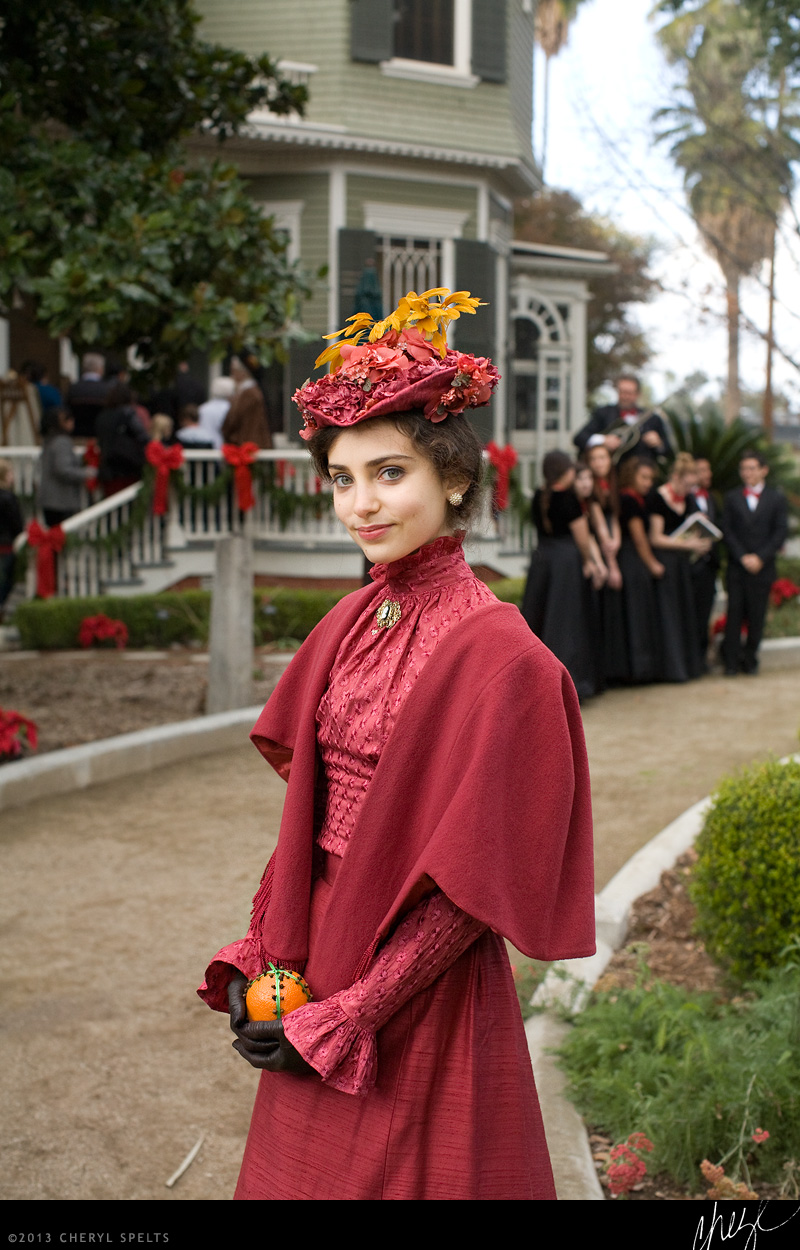

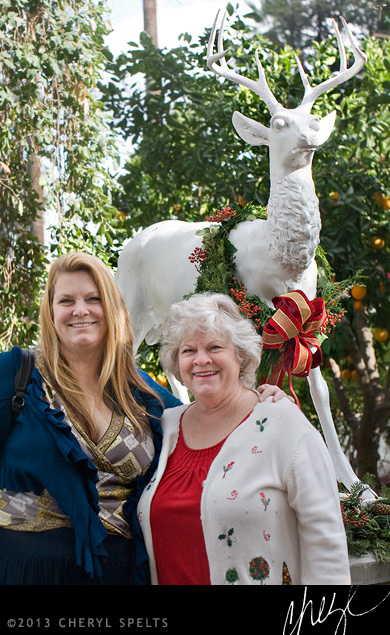


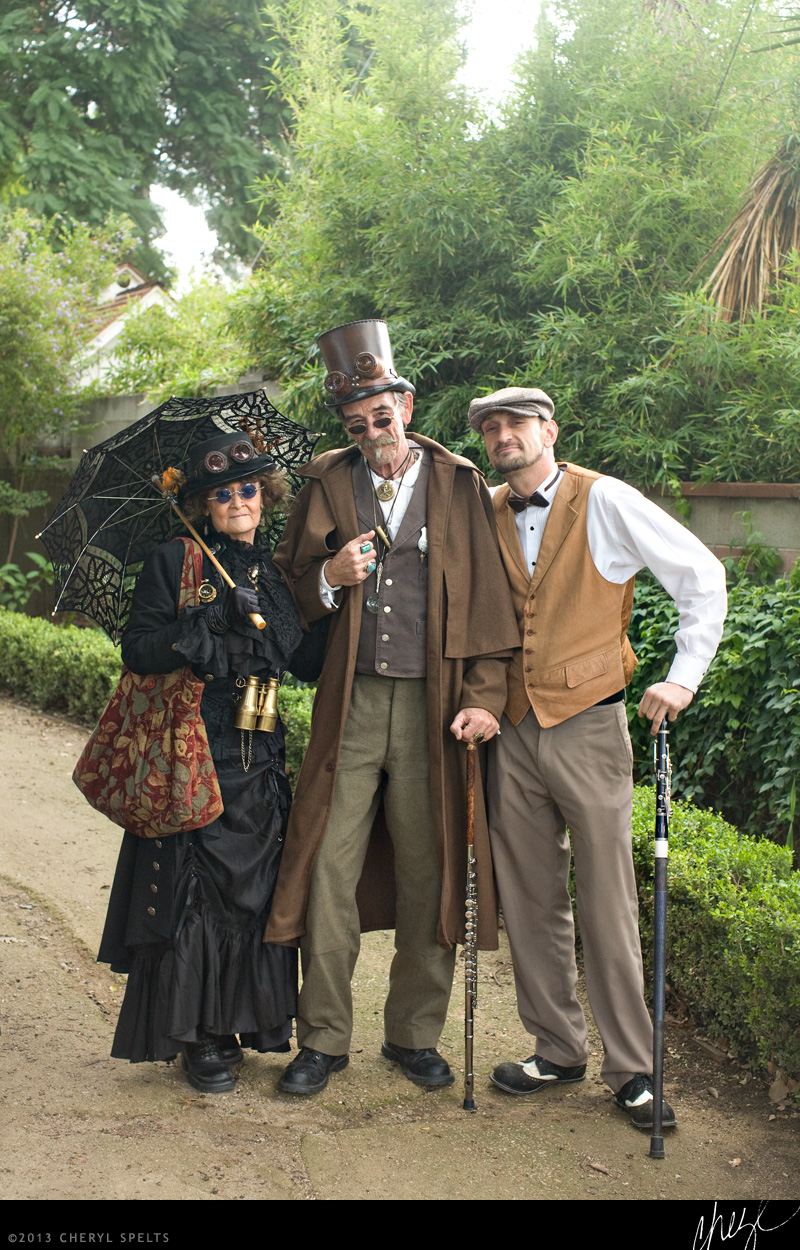
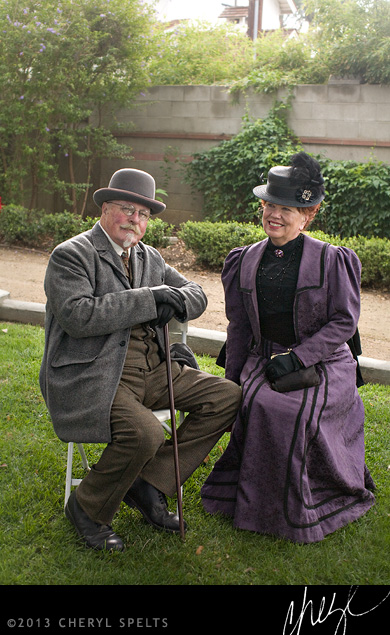
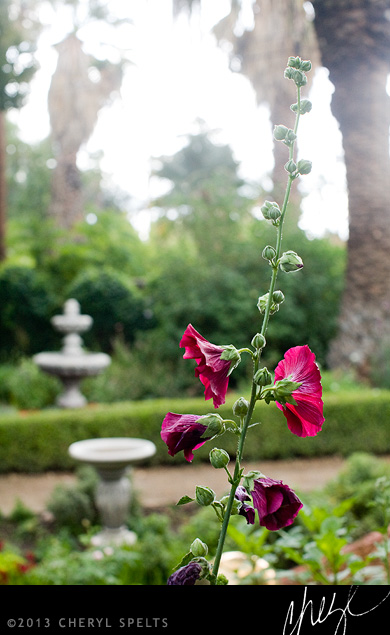

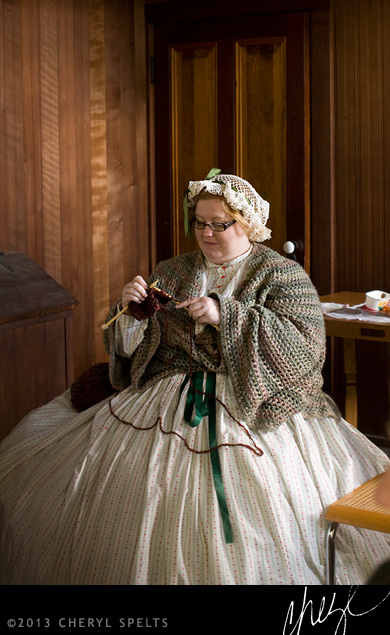
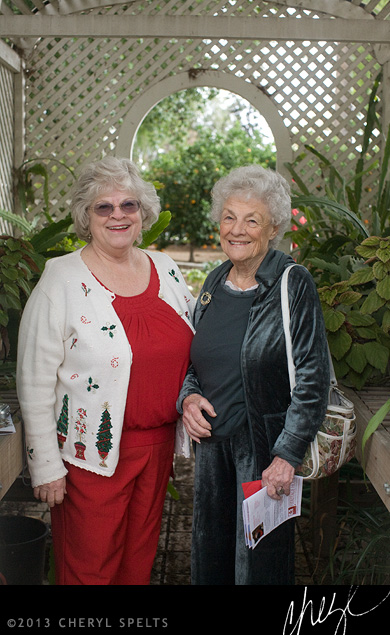

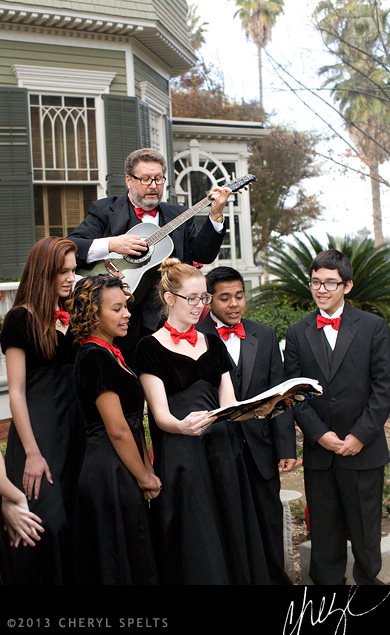
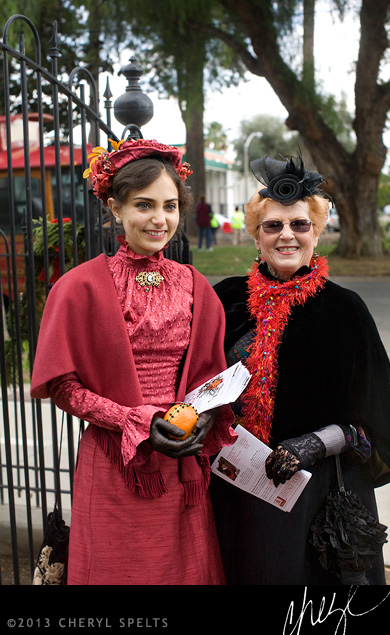
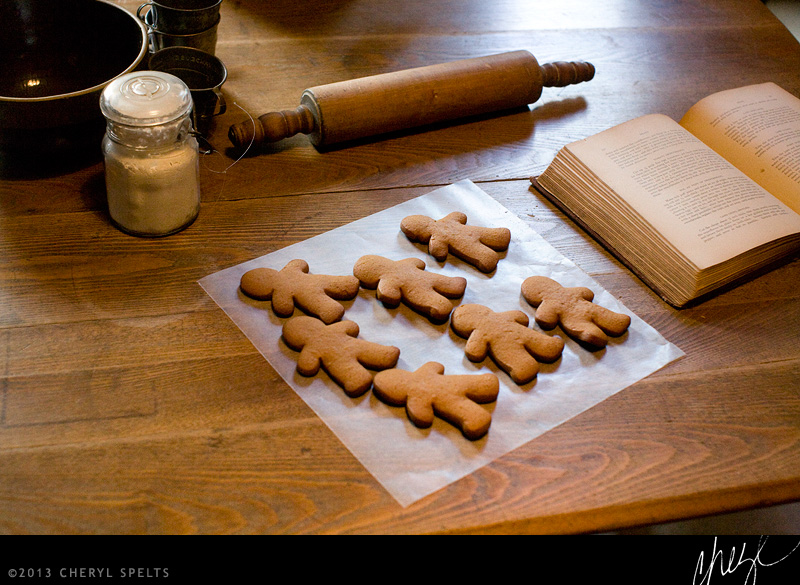
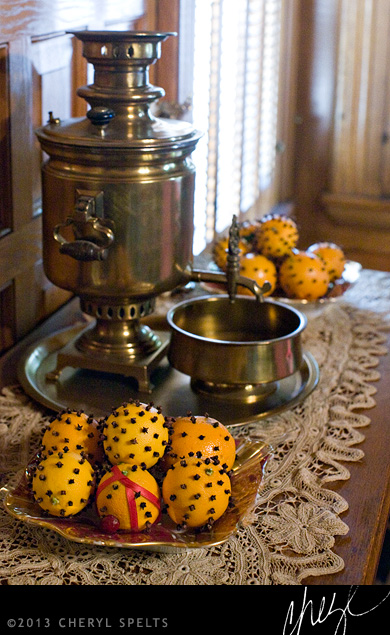

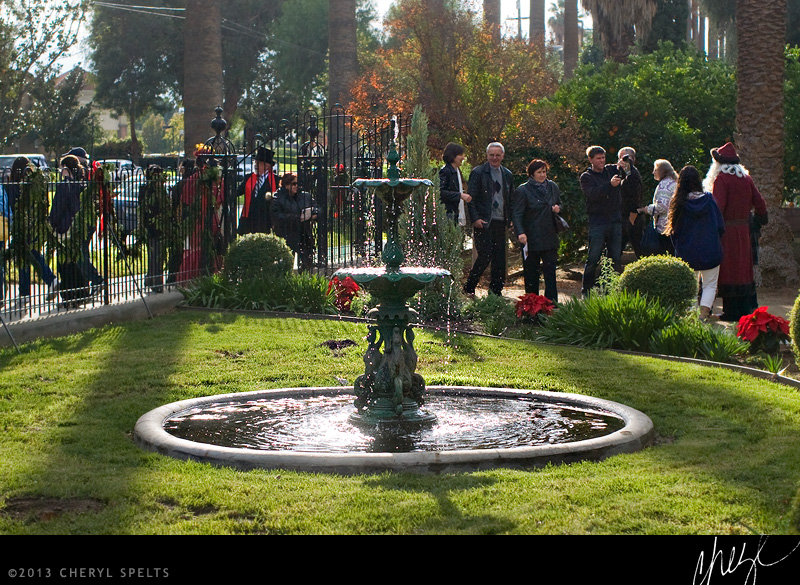
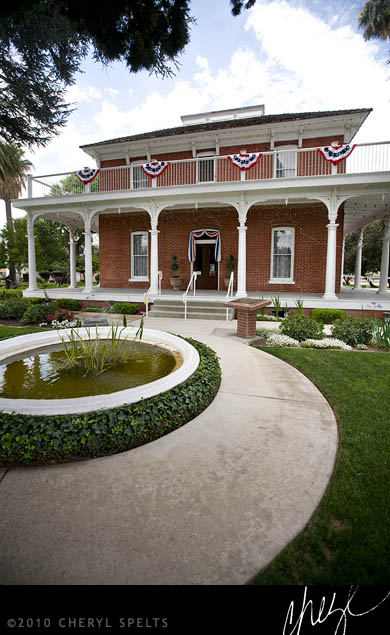
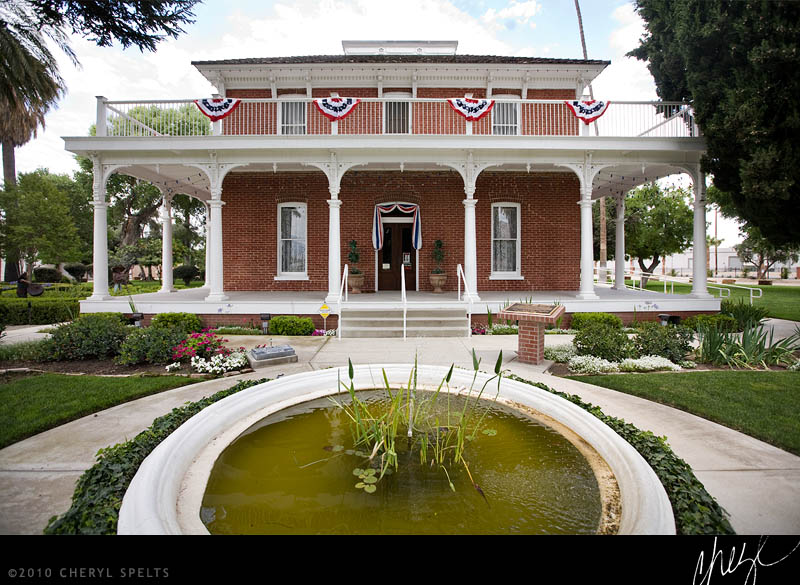
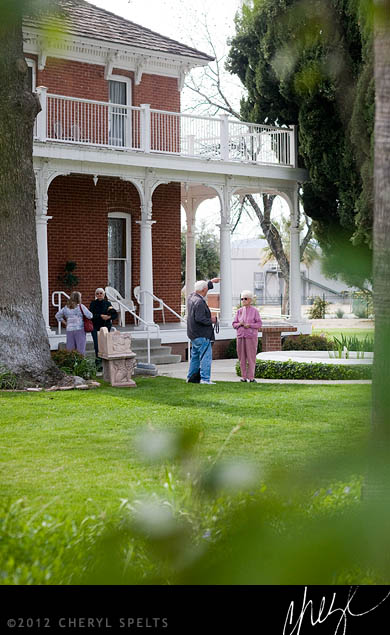
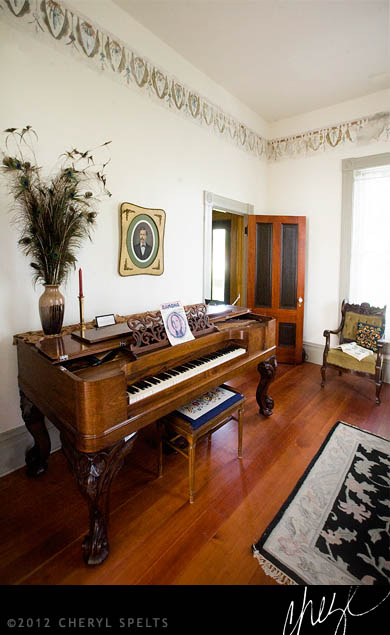
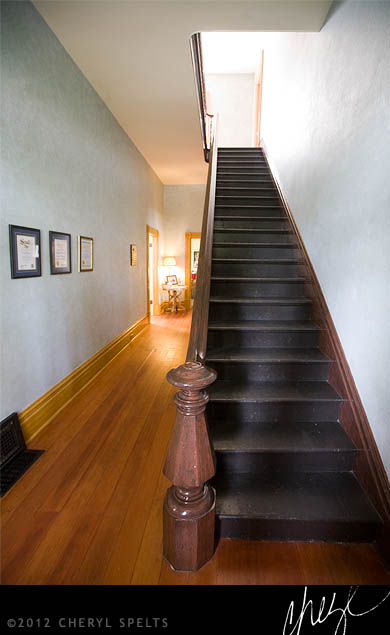
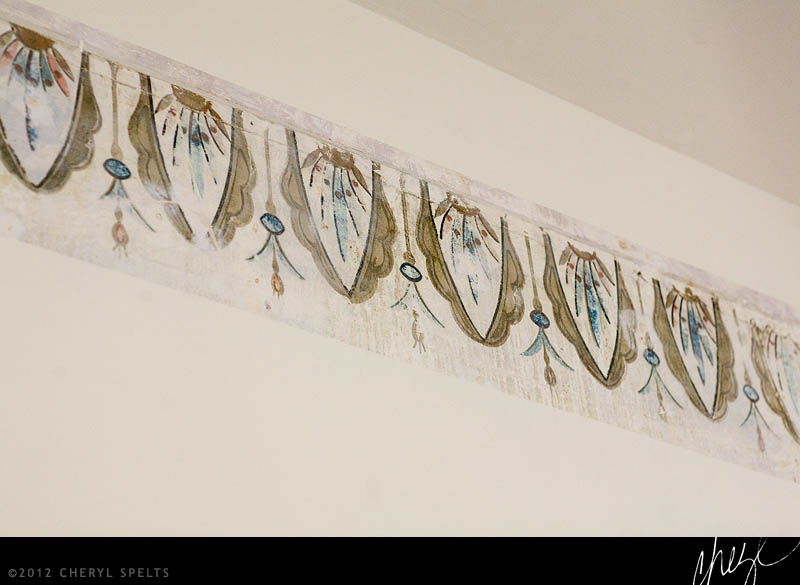
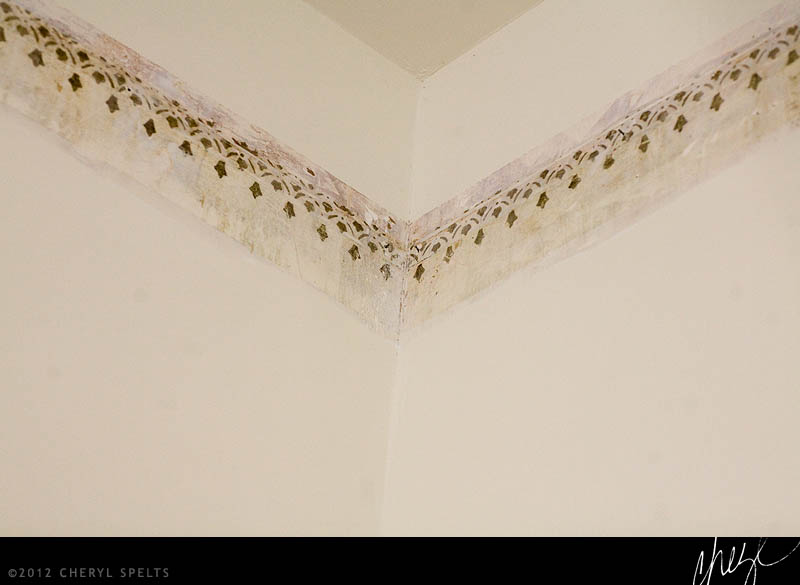
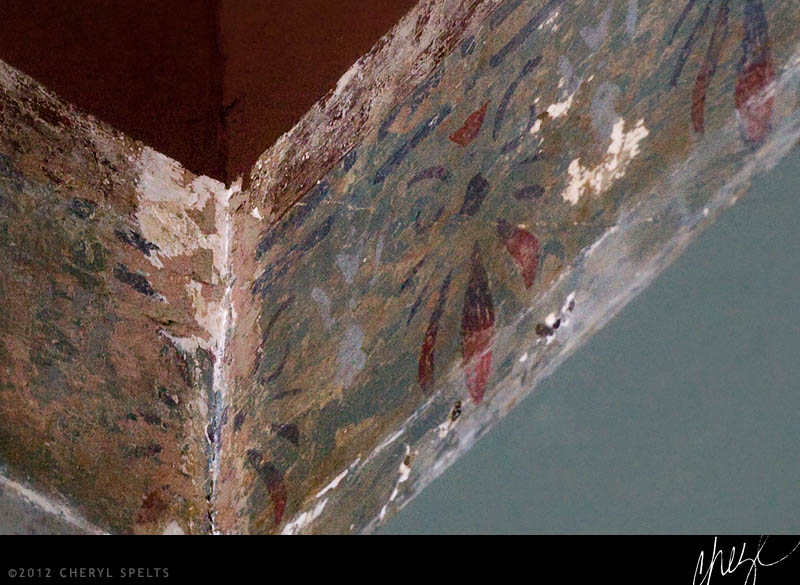
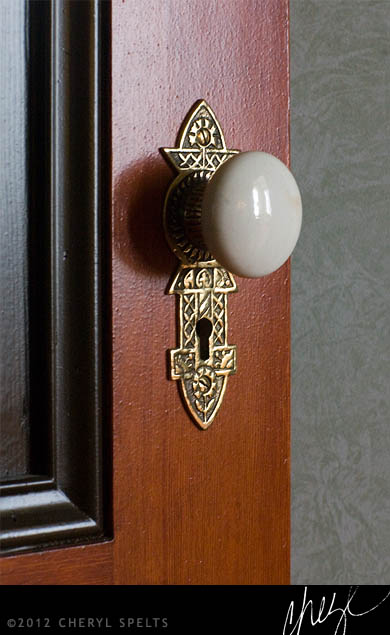
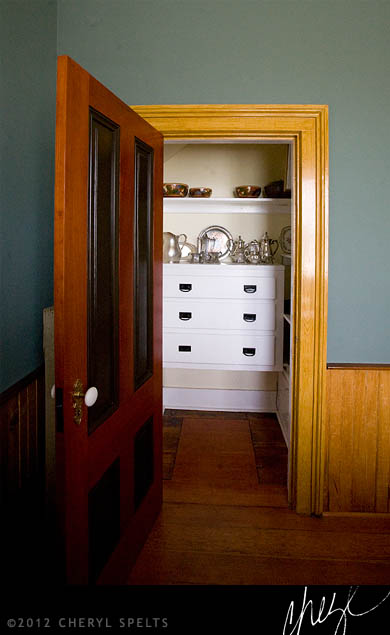

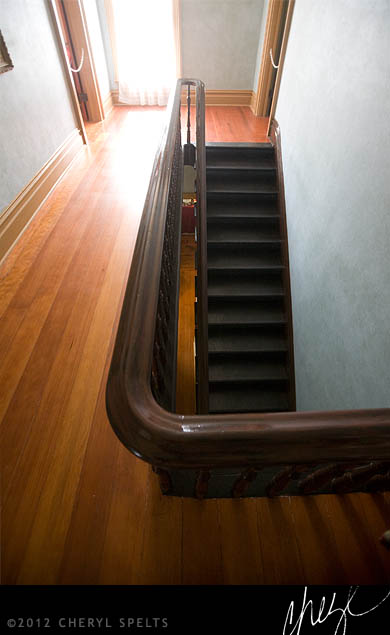
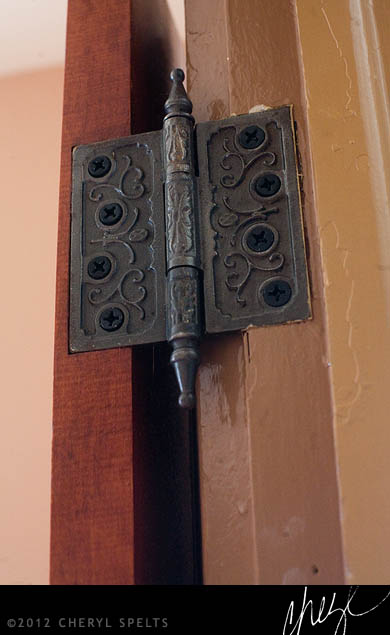
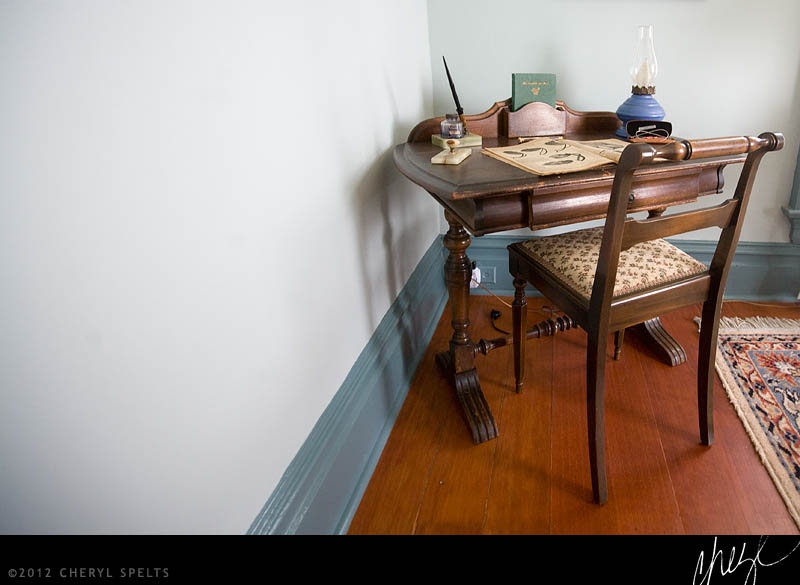
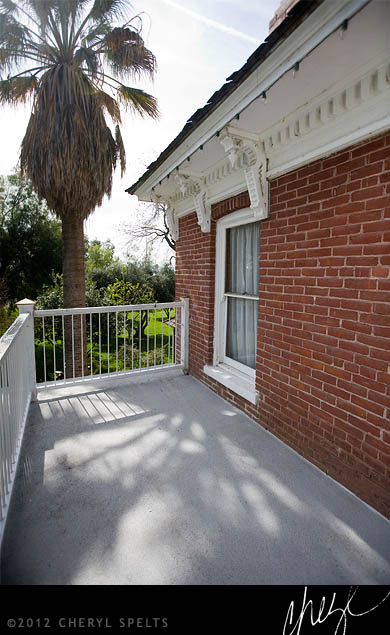
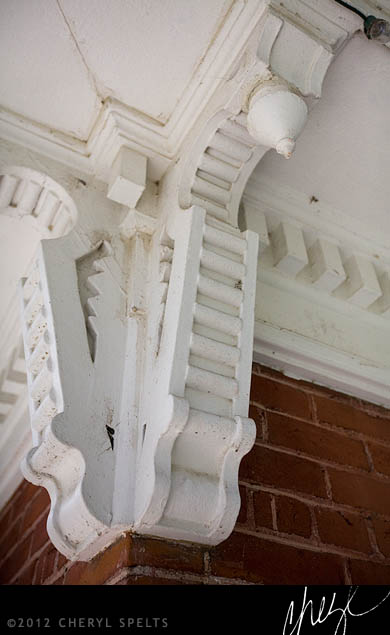
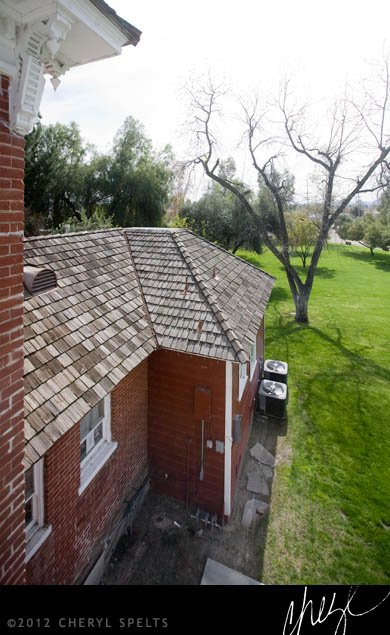
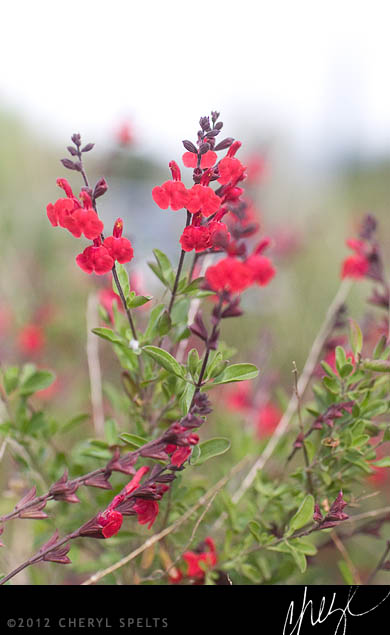
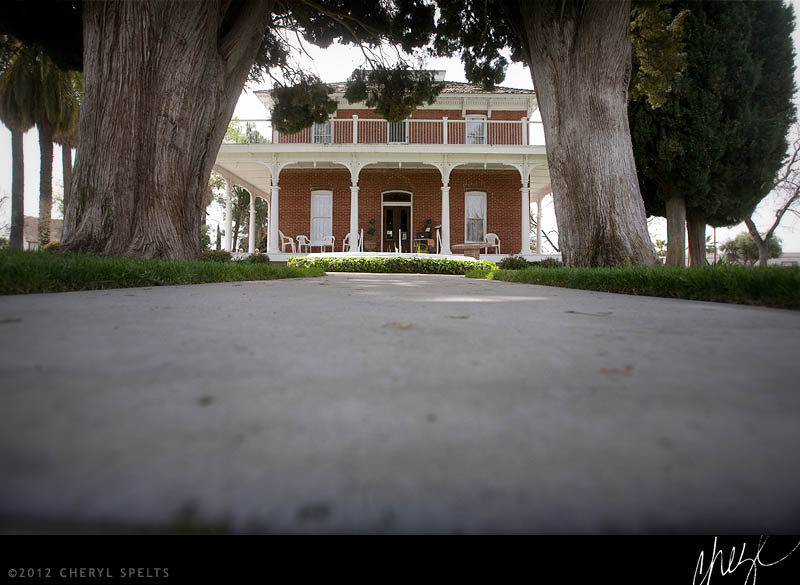
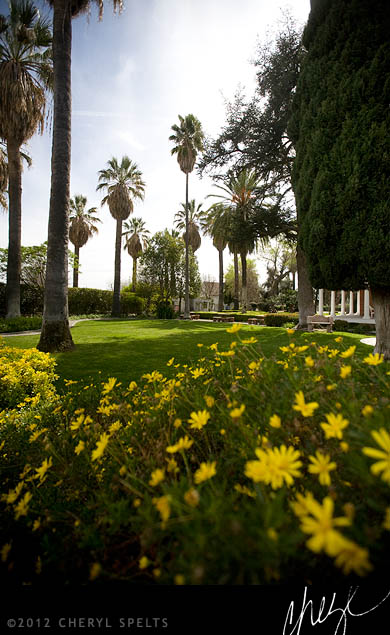

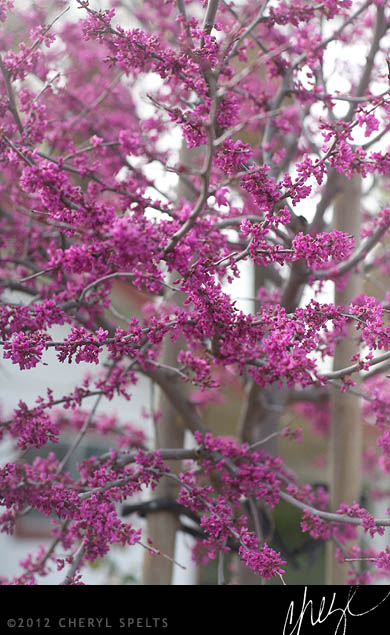
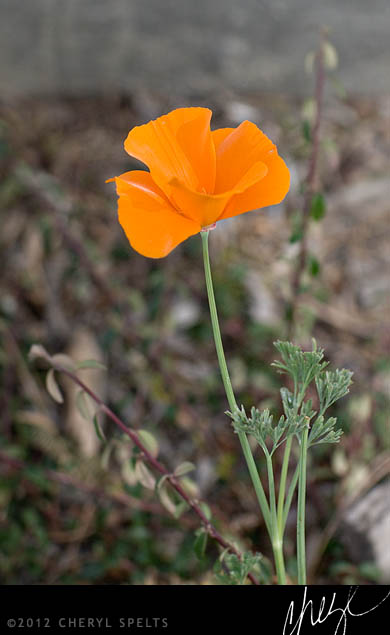
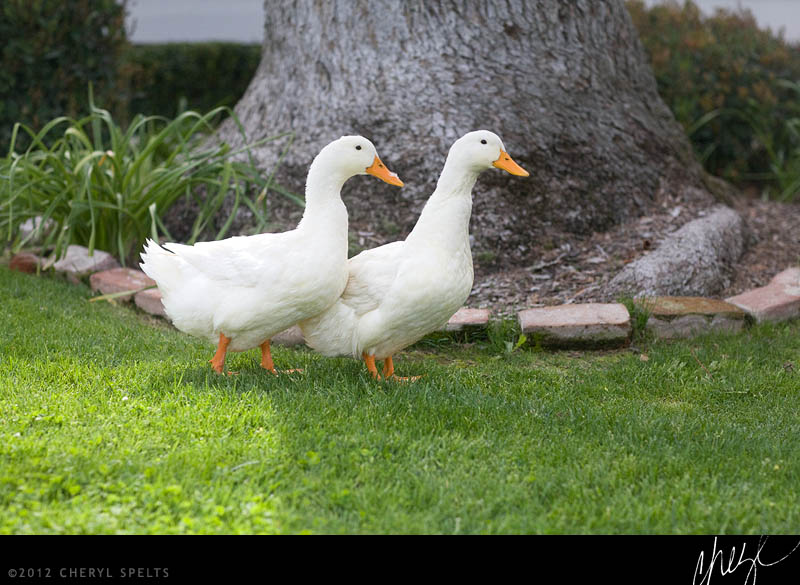

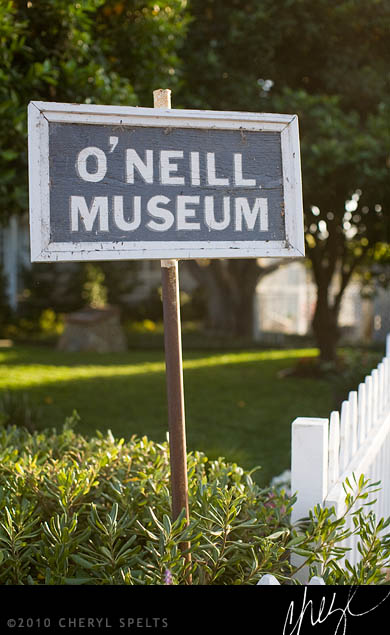

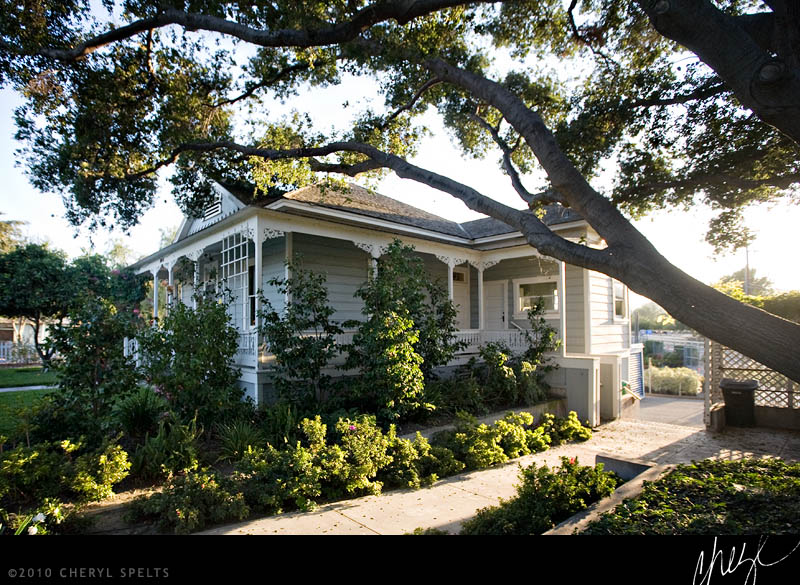
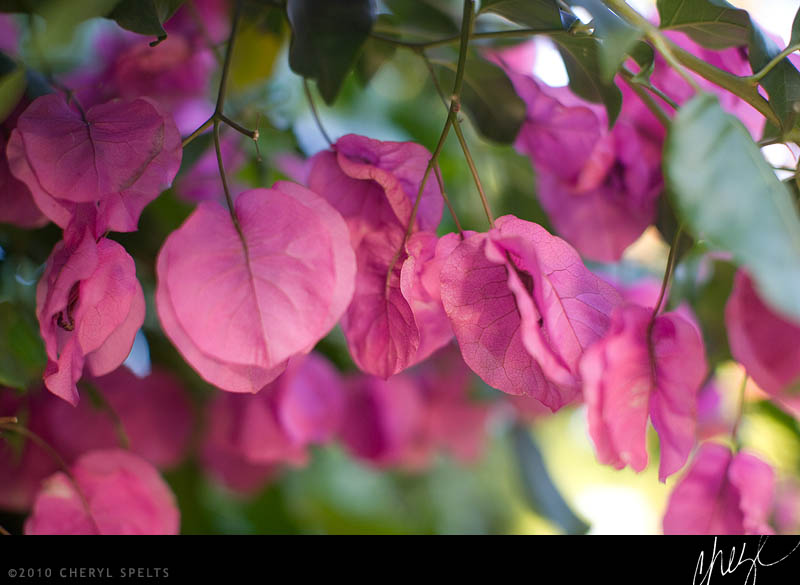


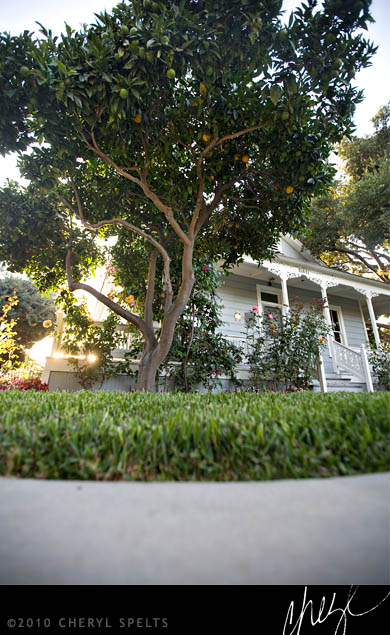
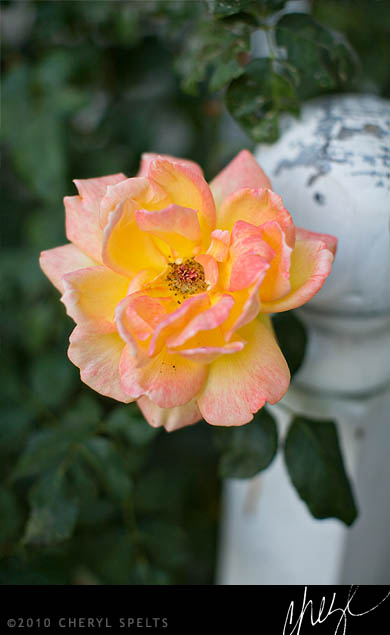

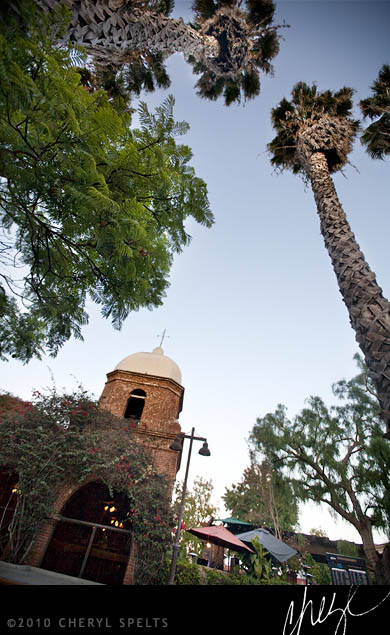
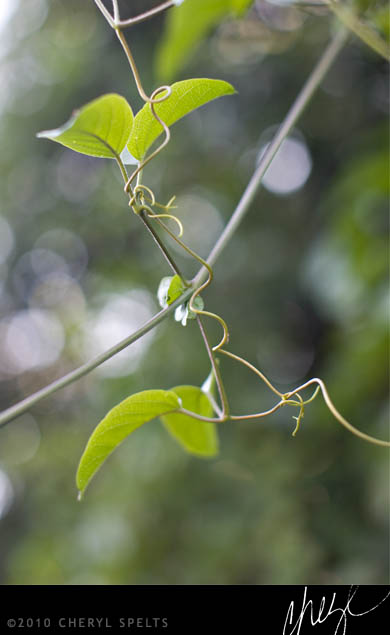
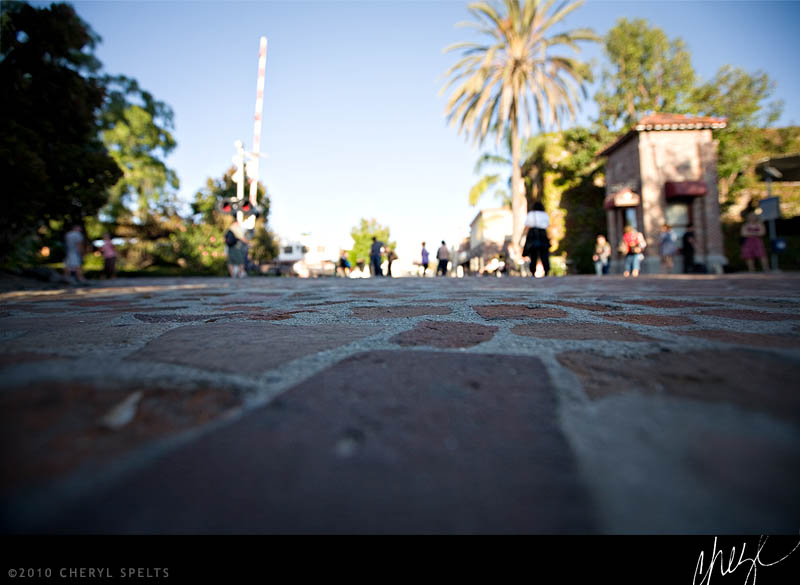

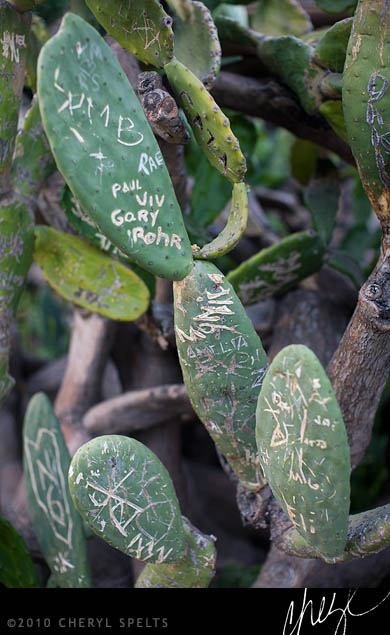
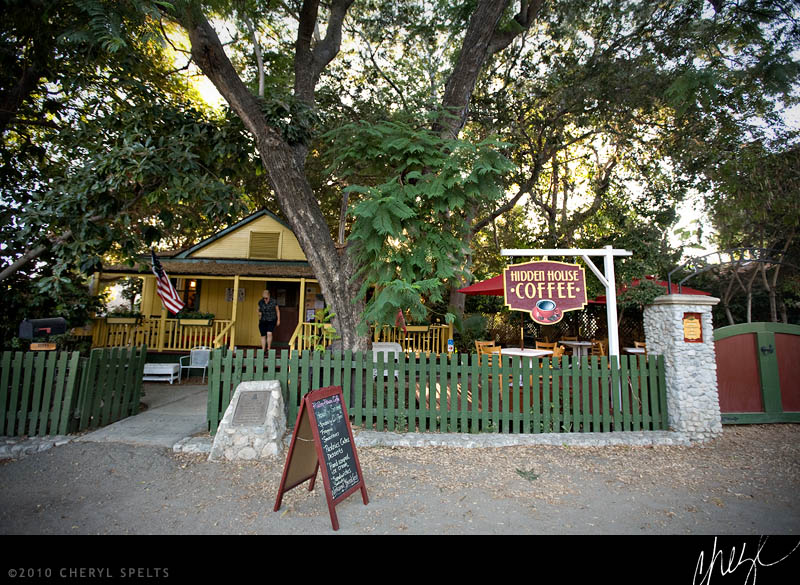
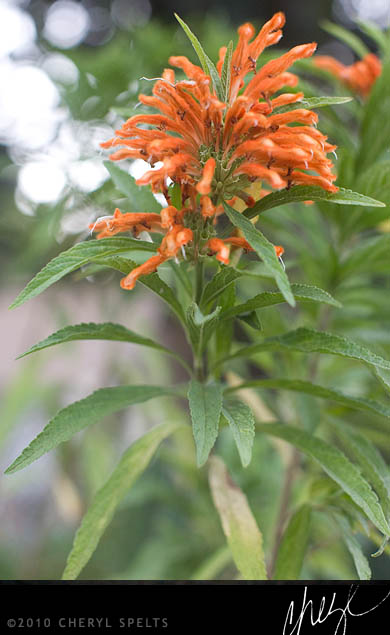
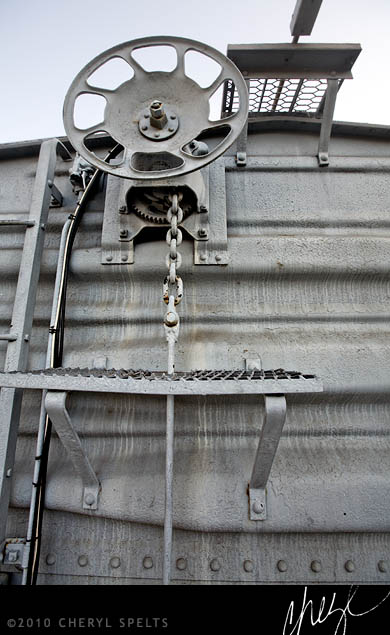
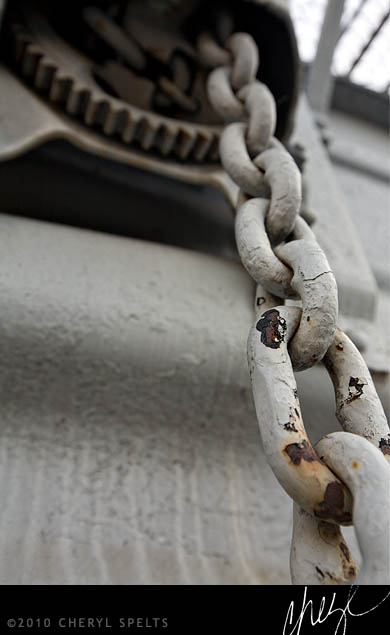
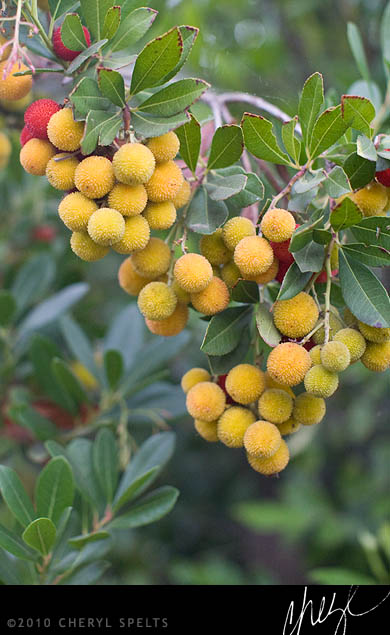
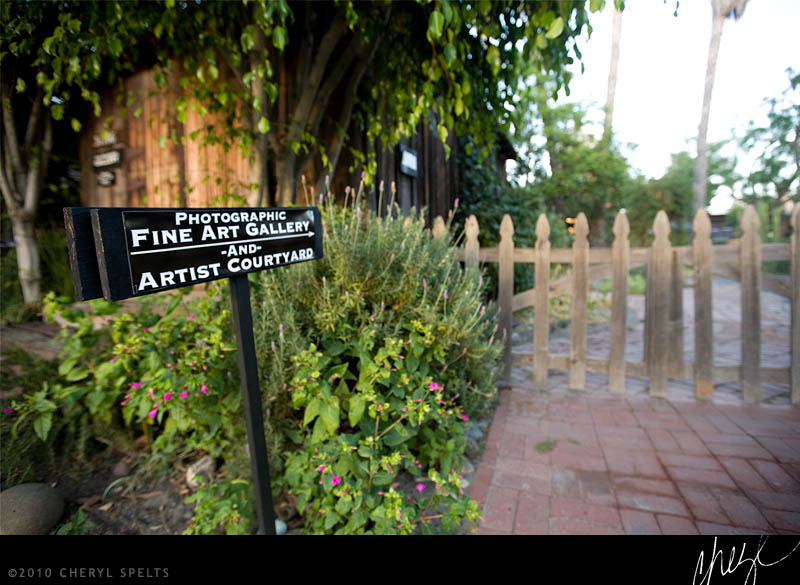
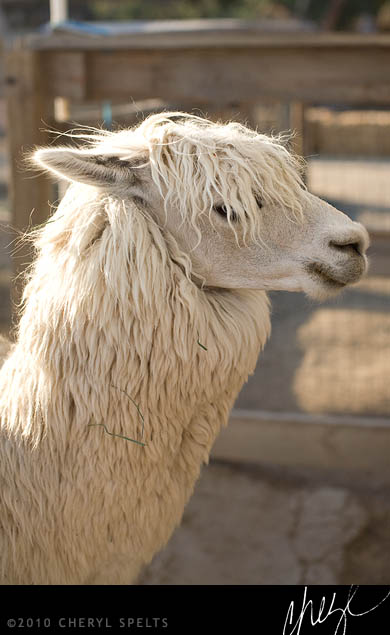
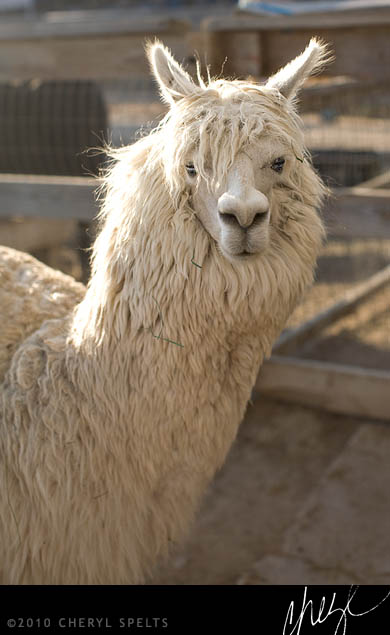
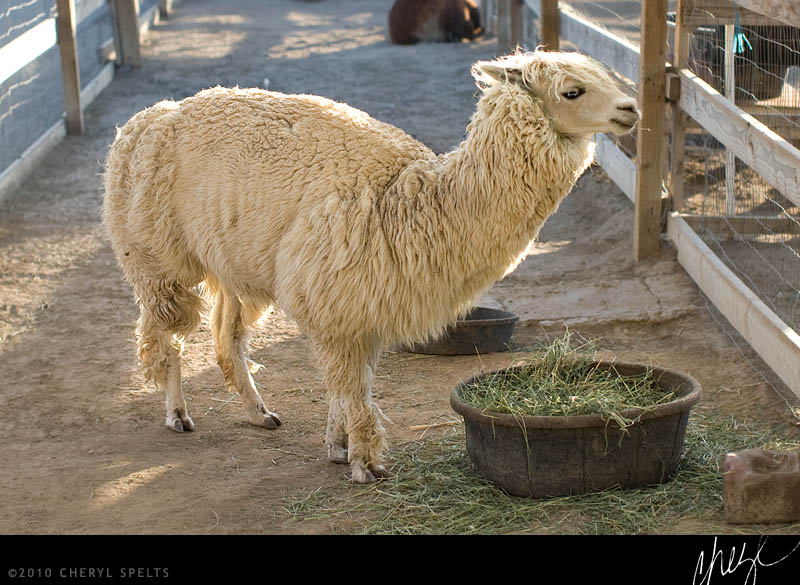

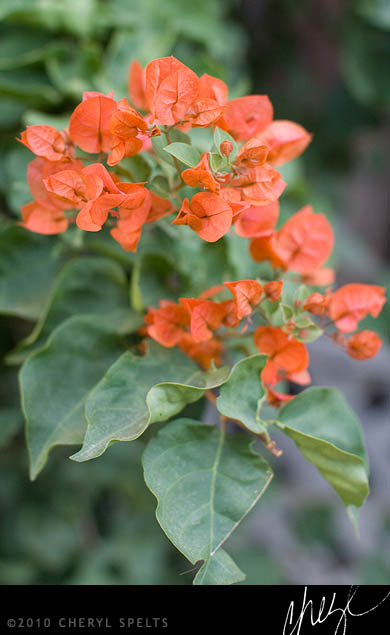



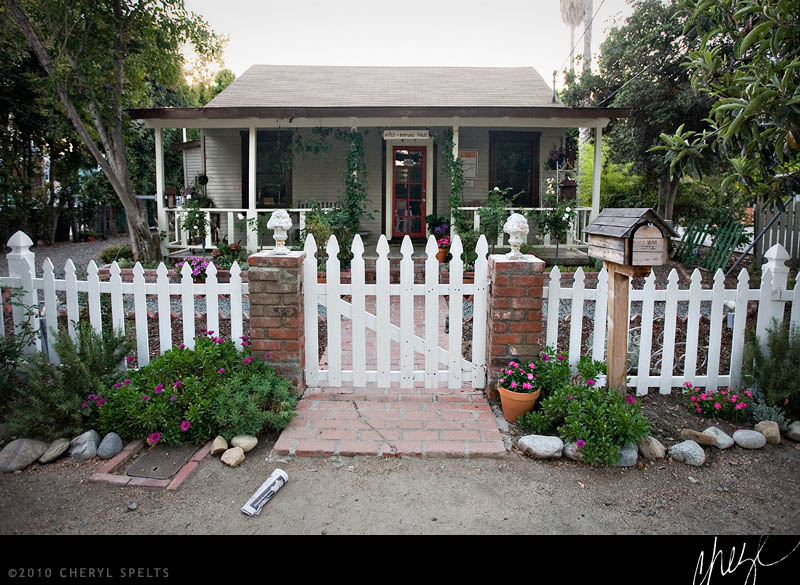
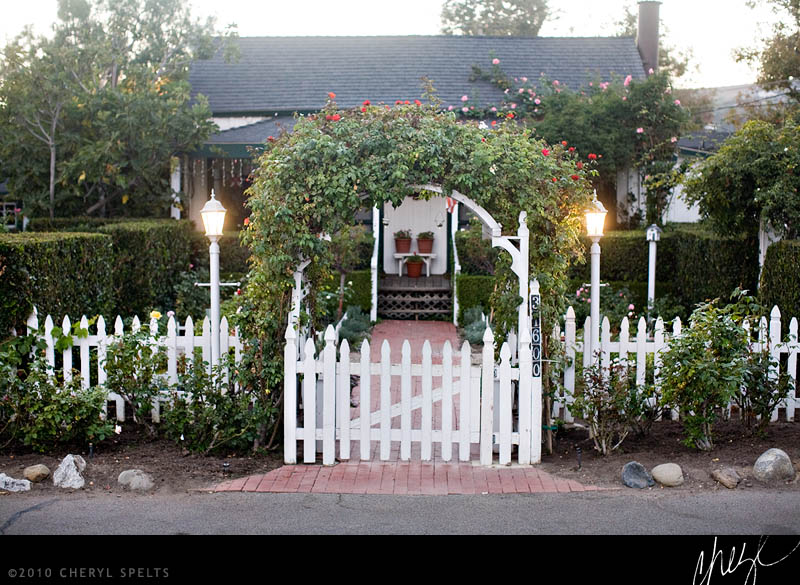

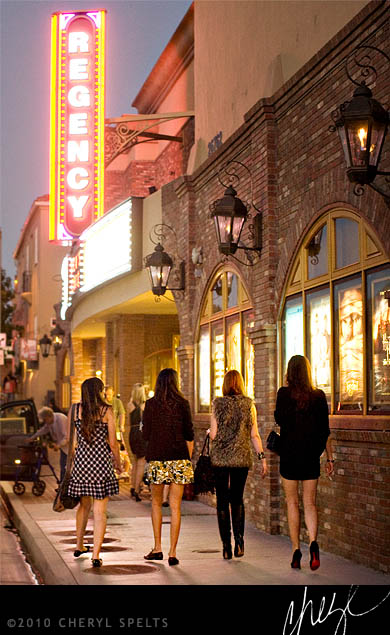
 Dreams. You hear the word and some of you immediately think of goals and plans and making your dreams come true. And others will hear the word and immediately think of sleeping, and fantasy and the part of your life that happens subconsciously, deep in the night. The two definitions are so different, but sometimes I think, intimately entwined.
Dreams. You hear the word and some of you immediately think of goals and plans and making your dreams come true. And others will hear the word and immediately think of sleeping, and fantasy and the part of your life that happens subconsciously, deep in the night. The two definitions are so different, but sometimes I think, intimately entwined.
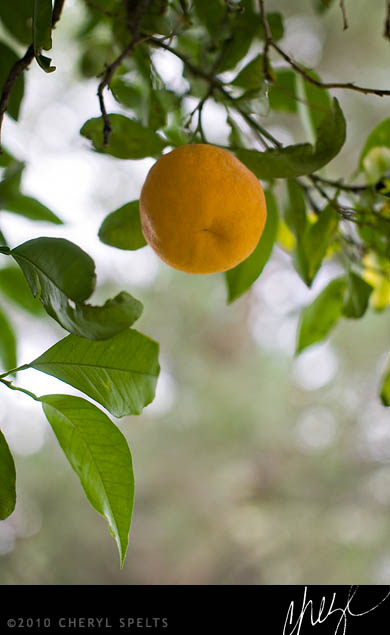


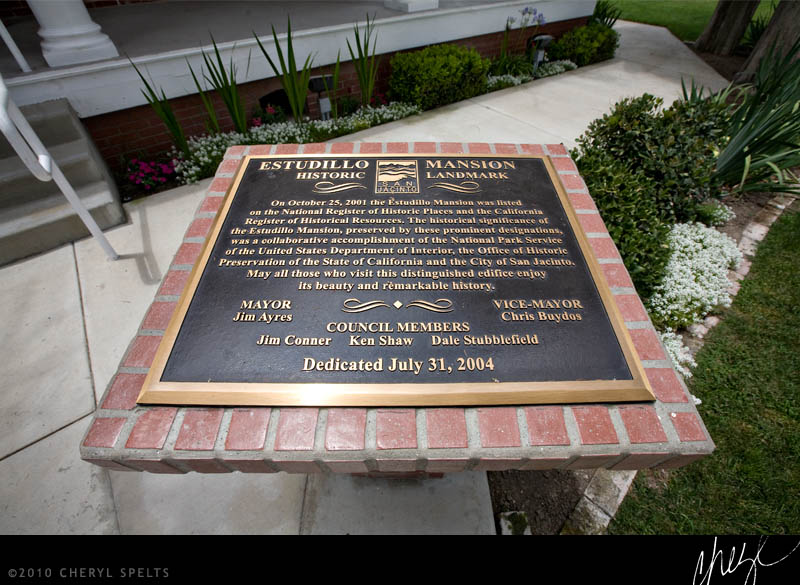

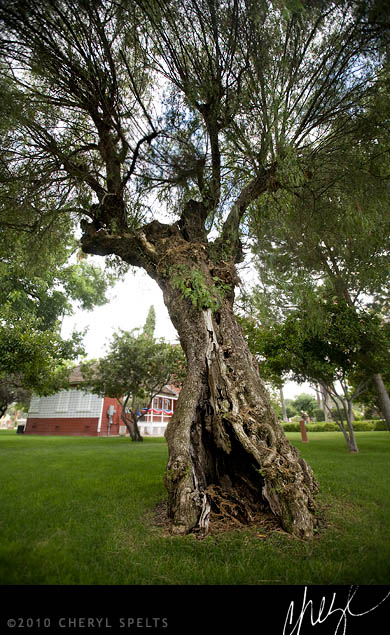

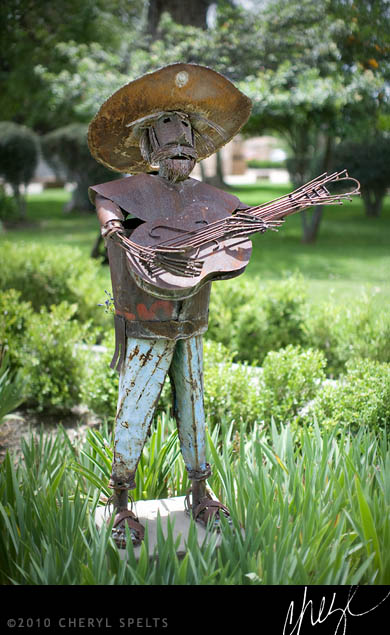

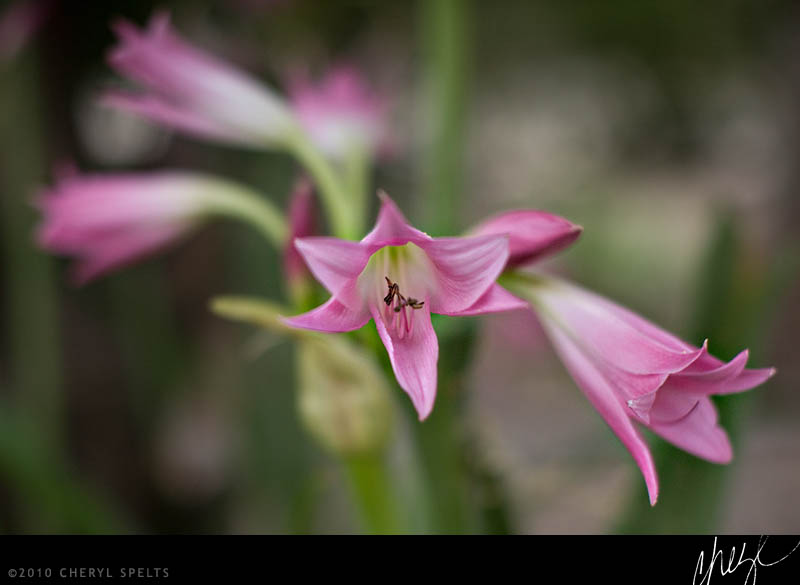
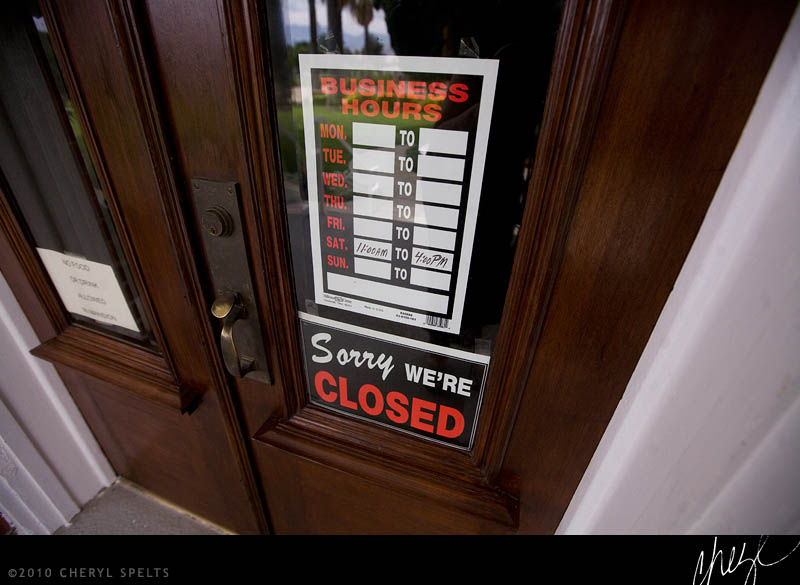
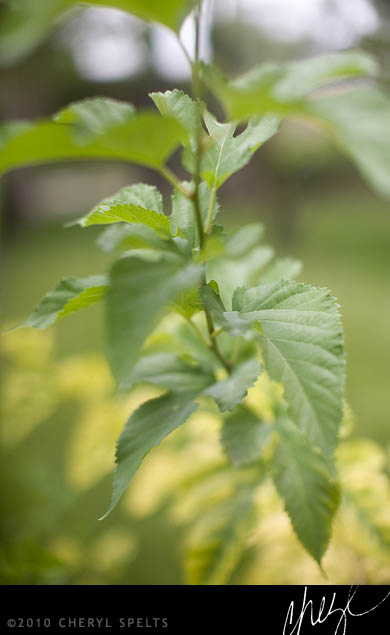
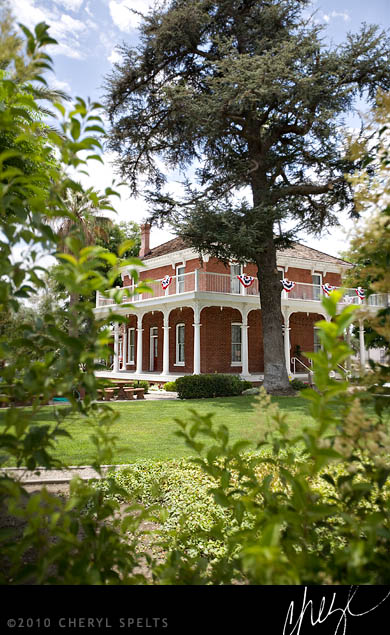
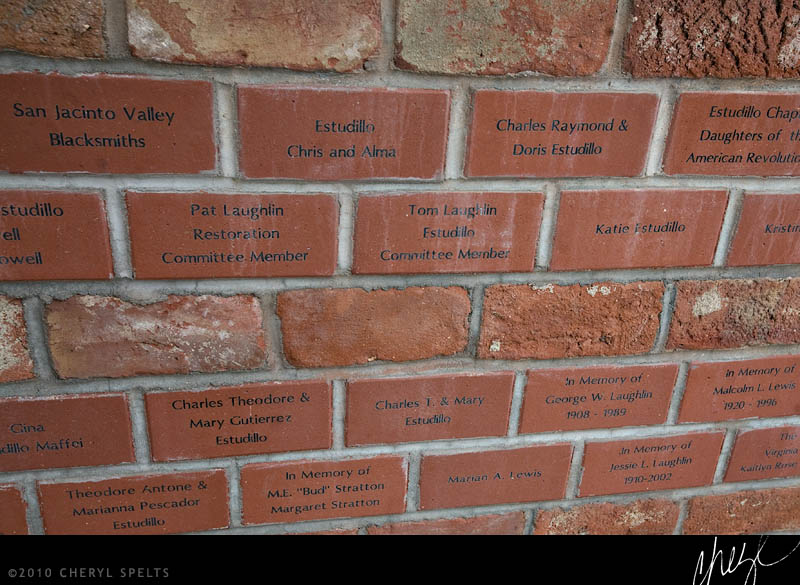
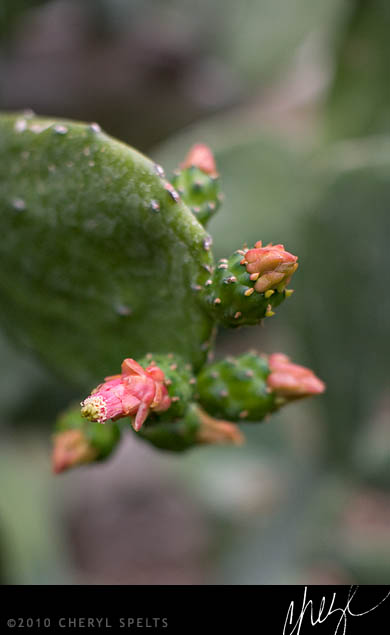
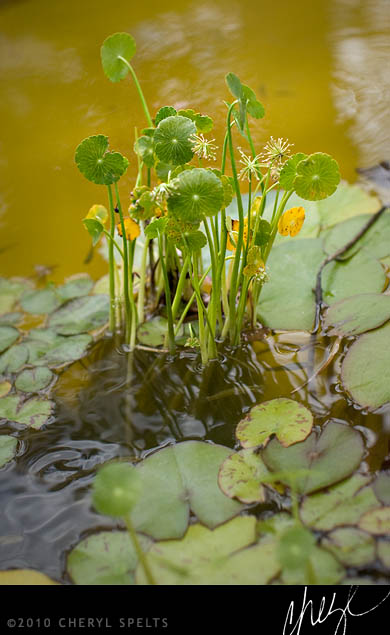

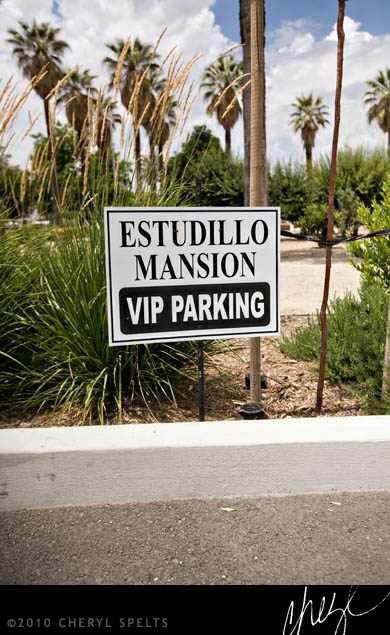
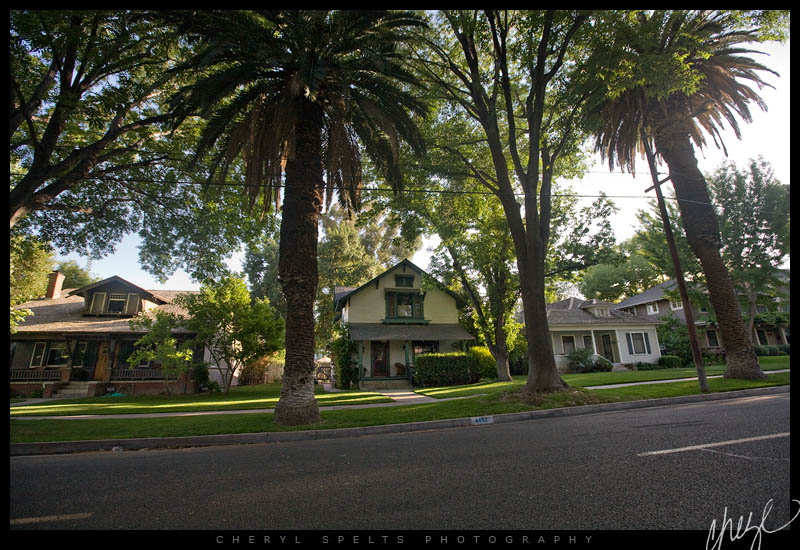

 I’m not sure when this photo was taken, but it’s a fairly early shot – probably from before the house was moved to Elder Street. The staircase on the side of the building is long gone, and the house has been extended on both sides, at some point during the last 100 years. But the bay window downstairs and the tiny balcony upstairs look almost exactly the same today as they did when the home was new.
I’m not sure when this photo was taken, but it’s a fairly early shot – probably from before the house was moved to Elder Street. The staircase on the side of the building is long gone, and the house has been extended on both sides, at some point during the last 100 years. But the bay window downstairs and the tiny balcony upstairs look almost exactly the same today as they did when the home was new.


